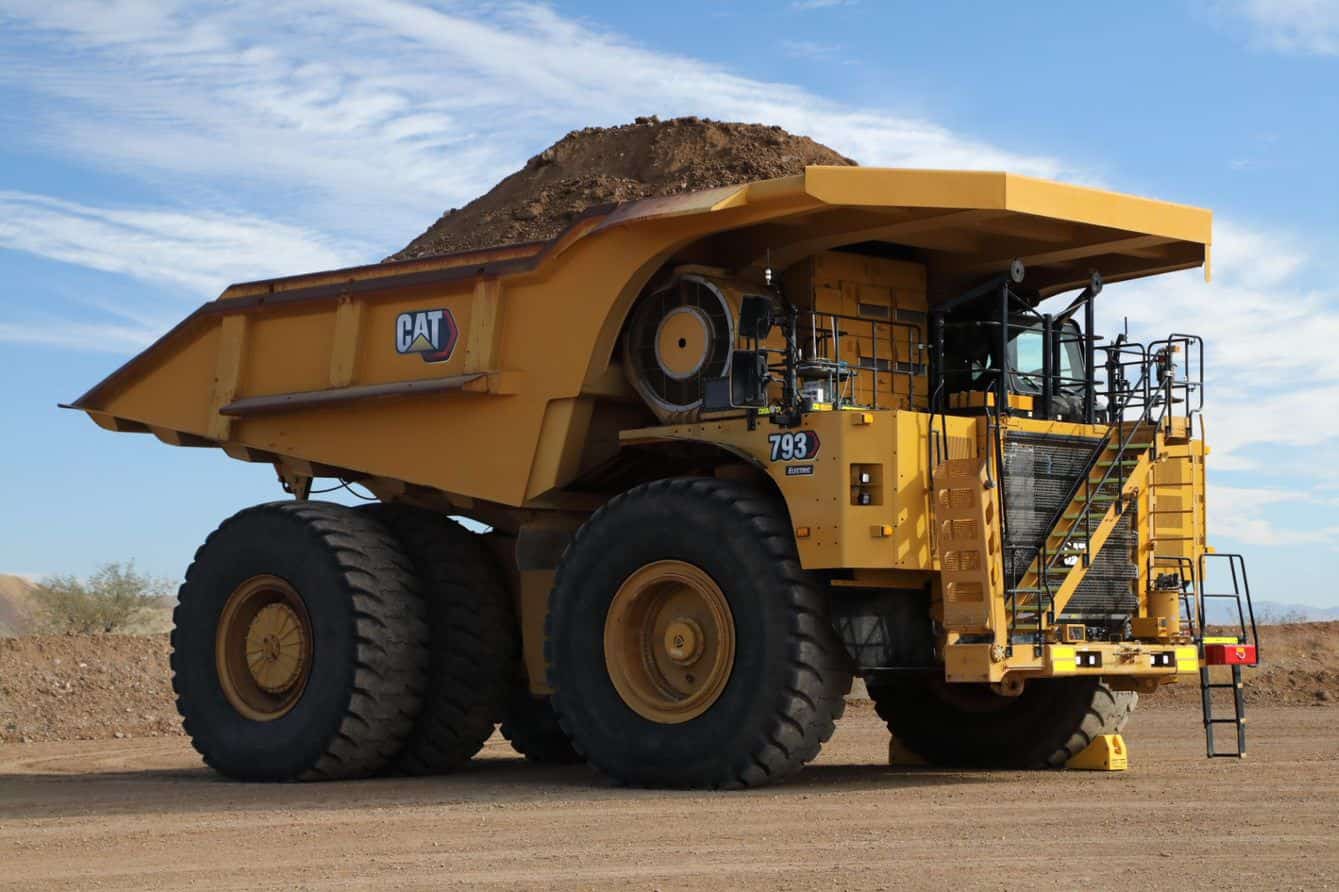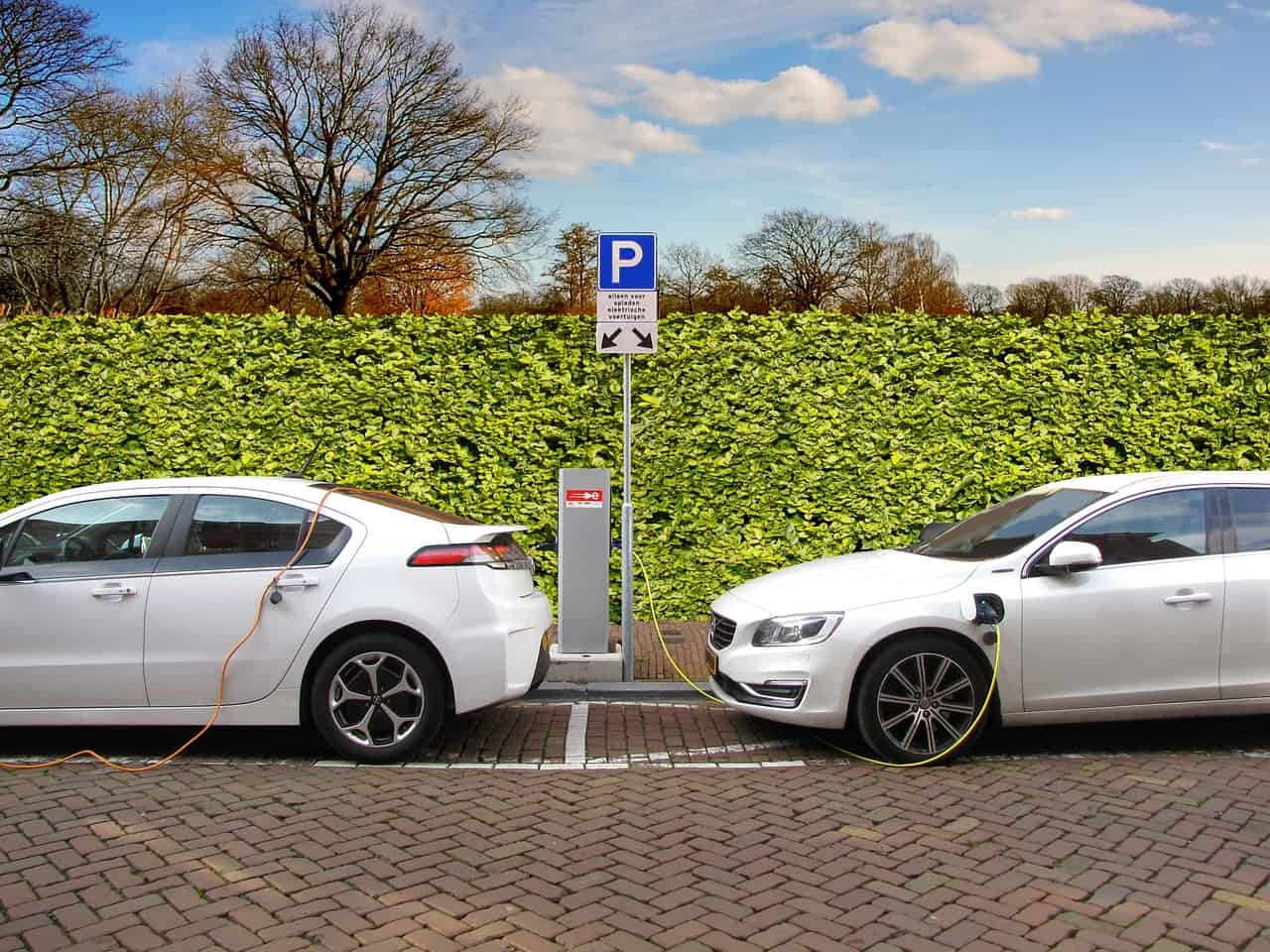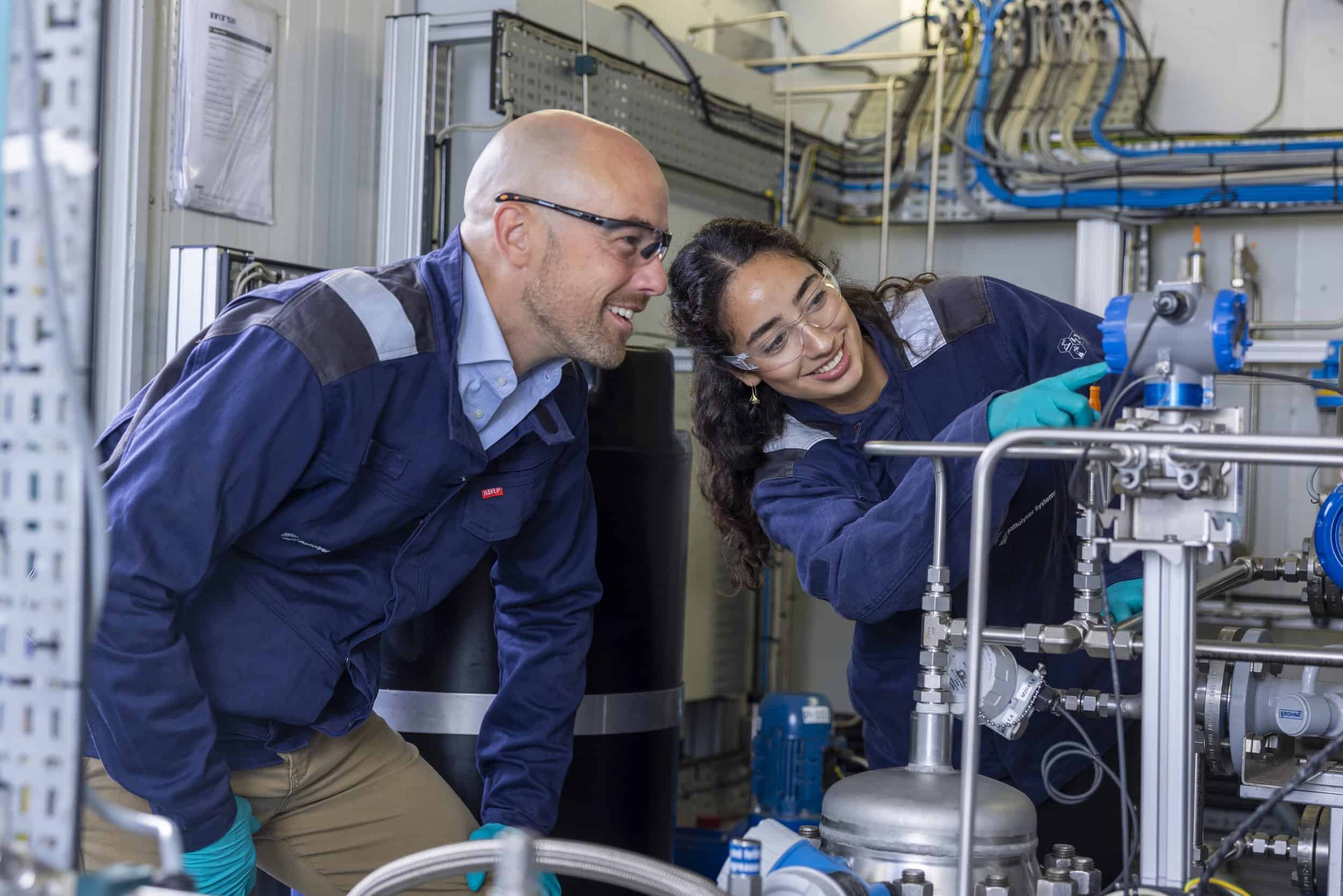
Australia’s top three mining companies, including industry giant BHP, have chosen battery electric vehicles (BEVs) over hydrogen for their next-generation fleets. The decision is driven by energy efficiency, as direct electrification boasts an 80% fuel-to-wheel efficiency, compared to hydrogen’s 30%. BHP’s vice president, Anna Wiley, highlights the losses in hydrogen generation, storage, and transportation as additional drawbacks. While hydrogen hasn’t been ruled out entirely for other applications, the preference for BEVs signifies a potential setback for hydrogen project developers.
- Citing efficiency advantages, the Australian mining industry chooses battery electric vehicles for its operations.
- Until recently, hydrogen seemed to be a potential fuel for some heavy transport.
- Economics seem to point to battery electric for practically all modes of ground transport.
Efficiency and cost drive the choice for BEVs
For mining companies, the efficiency and cost advantage of battery electric vehicles are significant factors. BHP, Rio Tinto, and Fortescue all cite the higher overall efficiency of BEVs compared to hydrogen and diesel trucks. Electric trucks demonstrate an overall efficiency of around 80%, while hydrogen and diesel trucks show only about 30% and 20% efficiency, respectively. These figures consider the complete fuel-to-wheel energy efficiency losses, making the electricity-to-battery-to-electricity process more efficient than the electricity-to-hydrogen-to-electricity cycle.
Cost savings for electric trucks are also higher than initially estimated. Comparisons focused on the hydrogen fuel already created, ignoring the losses involved in hydrogen production. Energy expert Saul Griffith points out that even with a perfect machine, only a little over 70% of the energy generated from solar cells can be converted into hydrogen. This means that almost 80% of the original renewable energy generated for the hydrogen system would be lost by the time the truck’s wheels were moving. In contrast, electric trucks require less wind and solar energy to cover the same distance and offer more cost savings.
Hydrogen’s limited appeal in the Netherlands
The limited interest in hydrogen trucks is mirrored in the Netherlands, where a recent subsidy round received no applications for hydrogen trucks. The Dutch government’s ongoing investment in hydrogen refuelling stations has been questioned by environmental groups who argue that electric trucks are more energy-efficient and could become the norm by 2035. TNO research supports this, suggesting that electric trucks will be cheaper than diesel or hydrogen alternatives.

As of February 2023, there were 27 hydrogen trucks and over 400 electric trucks in the Netherlands.
Hydrogen’s niche applications
While hydrogen seems unsuitable for the transportation sector, it has not been ruled out for other applications. BHP considers hydrogen as a potential option for replacing fossil gas in the Canadian Jansen potash mine’s processing facilities, which account for 40% of the expected emissions from the project. However, Jansen will use 80% battery-powered vehicles for its underground mining and support fleet from the first day of operations. The mining sector may also need green hydrogen as a feedstock for ammonium nitrate-based explosives.
The preference of Australia’s top mining companies for battery electric vehicles over hydrogen highlights the efficiency and cost advantages of BEVs. Hydrogen’s limited appeal elsewhere further supports this trend. Although hydrogen has potential niche applications, the future of the transportation sector, both passenger transport and now also in mining and heavy goods vehicles, seems to be steering towards battery electric technology.








